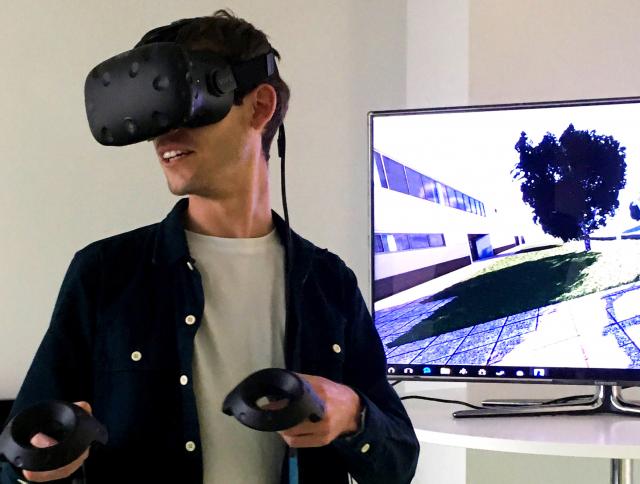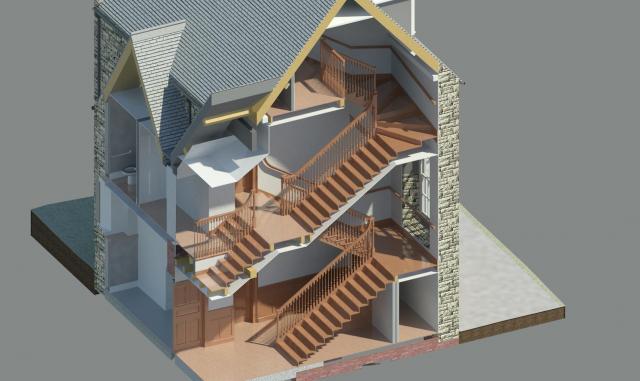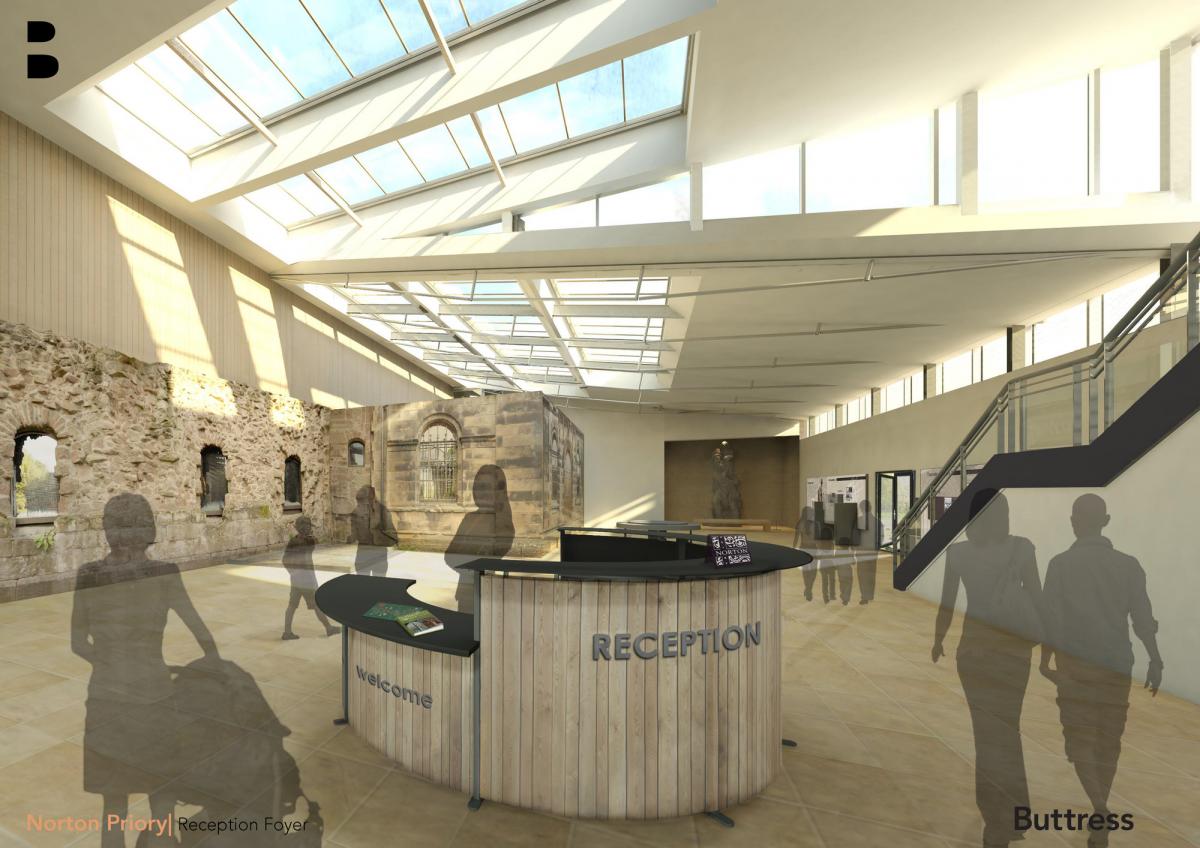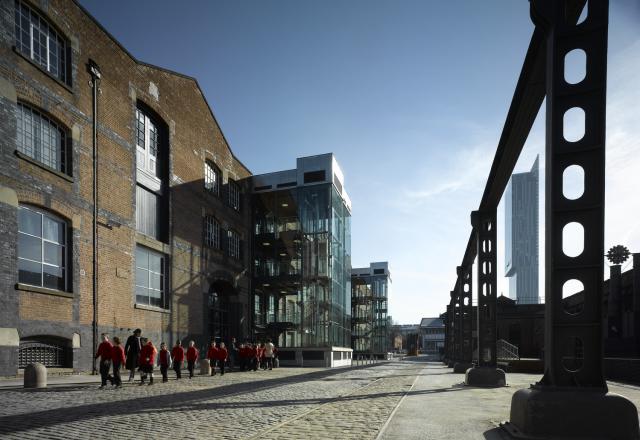Museums are already experiencing the benefits of VR, and have been using the technology as means of engaging visitors. In 2015, for example, visitors to the British Museum were able to witness life in the Bronze Age, and examine exhibits within their historic context, through a VR headset.
But what can the technology offer when it comes creating entire exhibition spaces or even a museum itself? Associate Director, Stephen Anderson, explains.
Virtual reality is revolutionising the way we design, by allowing us to put clients and designers at heart of the design process, and by changing the way we visualise space. From making iterations to proposals to communicating designs to clients and stakeholders, VR can be used in a range of applications that can help make the design process more accessible and more efficient.
With the majority of development projects in the arts and culture sector relying on public funding or generous grant donations, effectively managing budget and time constraints is crucial to achieving a successful outcome. VR can help relieve these pressures by allowing users to virtually inspect a proposed design, before breaking ground.


For example, the technology can be an incredibly powerful tool in communicating design intent and helping avoid any miscommunication that may lead to project delays. Most people aren’t trained to understand spatial relationships by simply reading architectural drawings or examining 3D models. With VR, however, no prior architectural knowledge is required. Users can step inside a project and experience the physical scale of different spaces, see how the light changes at various times of the day or explore the connection between different parts of the building. Any feedback is then based on an on-site, first person perspective and can open lines of communication that aren’t complicated or delayed by translating and interpreting technical drawings.
The ‘barrier-free’ experience VR offers is also particularly useful when it comes to consulting stakeholders and the public on proposed plans. For a museum project, the measure of its success often depends on the buy-in of its visitors. It’s important for existing visitors to support the proposals, and for potential audiences to be excited enough by the plans to visit the building once it has opened.
Often opposition to development stems from a fear of the unknown or concerns about the impact of change. Incorporating VR in the consultation process can help counter some of these concerns by allowing people to explore the proposals first-hand and see, for example, the height of the buildings or which views have been retained or enhanced.
The 3D model used in the VR headset can also be loaded onto a smartphone. This means that at particularly busy events, it’s not necessary for people to wait in turn to try the headset; they can simply scan a QR code, load the model onto their phone and explore the space by simply moving their smartphone around.
VR, however, is much more than just a visualisation tool, it can also help us understand more about how the finished space will function and how it will be experienced by those using it.

A successful museum capital development project should lead to an increase in visitor numbers, so it’s important that the building can respond and support this change. VR allows users to walk through the building in the same way a visitor would. By doing so, users can examine how easily a visitor might orientate themselves in a space, move from one exhibit to the next, or identify where there might be bottlenecks during busy times.
Specialist consultants, such as accessibility consultants, can also use VR to review the space to ensure that the design solutions meet the requirements of universal design, relevant legislation, and specific project needs.
Similarly, the 3D model can be shared with exhibitions designers, allowing them to load the interpretation design into the virtual environment. This provides an illustration of how the exhibits will be presented within the finished build and can be used to ensure that each component, from M+E to interpretative and architectural design, work together to create a cohesive whole; reducing the occurrence of costly discrepancies once the project goes on site.
As we look to the future, there may even be the day when entire project team meetings take place in a virtual environment, eventually changing the design process beyond recognition.
VR is evolving at pace and although the extent of its capabilities is yet to be realised, it’s clear that its already changing with the process becoming a more collaborative, immersive, and interactive experience.
To find out more about our VR services get in touch here: contact@buttress.net
